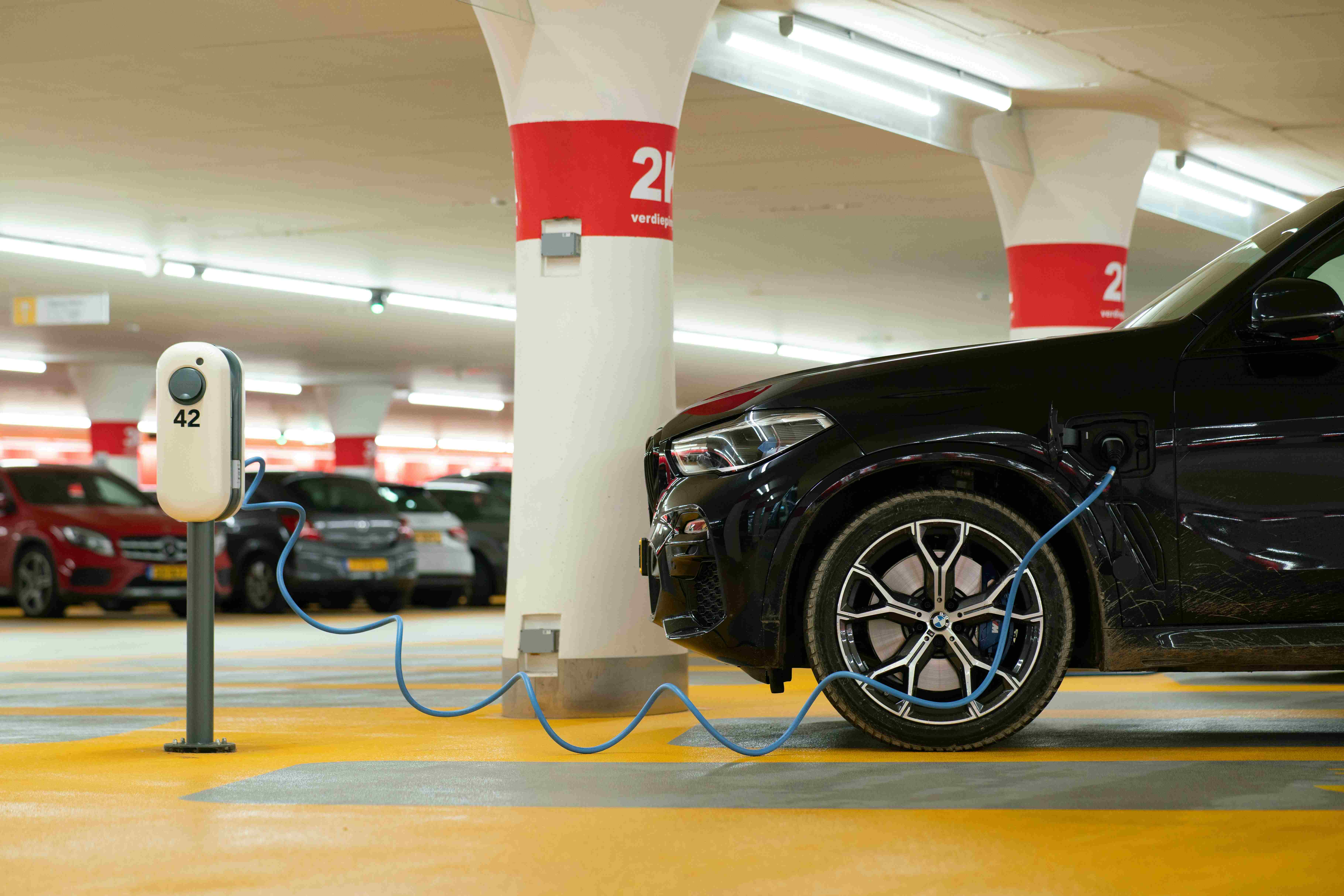Data centers are integral to the functioning of our digital infrastructure, yet they demand substantial quantities of both water and energy for their operation. These facilities rely heavily on electricity to power their servers and technology (and in doing so generate significant amounts of heat), while sophisticated cooling systems, which are essential for maintaining operational temperatures, frequently consume large volumes of water. As the global demand for digital services rises, the pressure on energy grids and water resources intensifies, positioning data centers as a critical focal point in discussions surrounding sustainability and resource management.

Image by Jimmy Conover
Did You Know?
There are thousands of these data centers in the U.S. The size of an individual data center can be anywhere from the size of a house to a major indoor shopping mall1. New data centers under construction routinely require 150 to 300 megawatts of electricity (enough to power a medium-sized city), and proposals requiring 800 to 1,000 megawatts (equal to the power output of an entire nuclear power plant) are becoming common.
For example, Meta is proposing to build a massive 4 million square foot facility in Louisiana. This facility would span an area roughly the size of 70 football fields and cost $10 billion. It would require an estimated 2,600 megawatts of power - approximately twice as much electricity as the entire city of New Orleans currently uses2.
Future Projections
By 2030, data centers are expected to consume dramatically more energy and water, driven by the growing push on cloud computing, artificial intelligence, and digital services. The largest data centers designed for AI (Hyperscale and co-location data centers) already account for 84% of total energy usage by data centers in 2023 and are projected to reach 90-95% data center energy usage by 20281.
Data centers currently use 4.4% of all U.S. electricity, but this could nearly triple to as much as 12% by 2028. To put this in perspective, a single AI training facility could require up to 1 gigawatt of power by 2028 - enough electricity to power about 750,000 homes. By 2030, some individual facilities may need 8 gigawatts3. This exponential growth highlights the urgent need for more efficient cooling systems, renewable energy sources, and sustainable data center designs.
In terms of water, in 2023, U.S. data centers indirectly consumed nearly 211 billion gallons of water through electricity generation, equivalent to the annual water use of about 2 million U.S. households. Direct water use by data centers themselves is projected to grow from 17 billion gallons in 2023 to between 40 to 73 billion gallons by 2028, according to Lawrence Berkeley National Laboratory1. This escalating water demand poses significant risks to regions already facing water shortages4. Whether a single data center’s water usage represents a little or a lot of water depends on multiple factors like water source, regional water availability, and other uses.
Data Center Energy and Water Comparisons
Click a button below to see how much water and energy data centers use compared to different objects.


